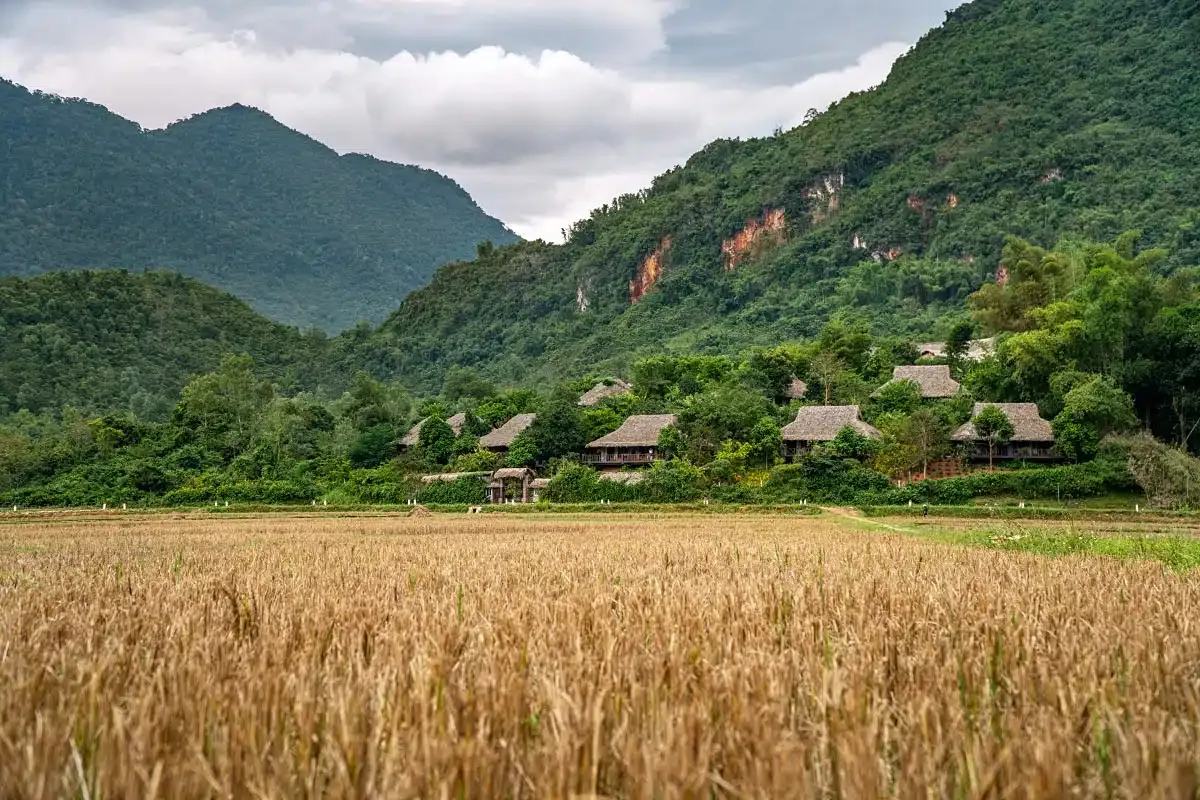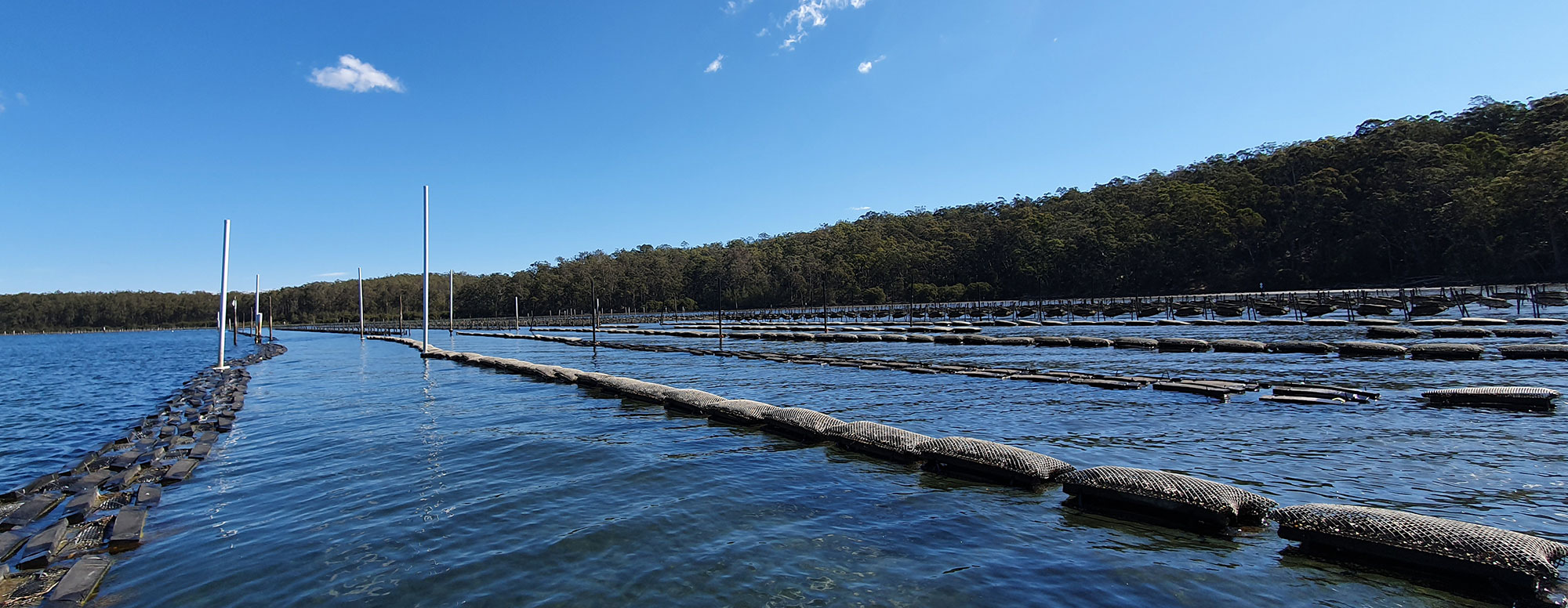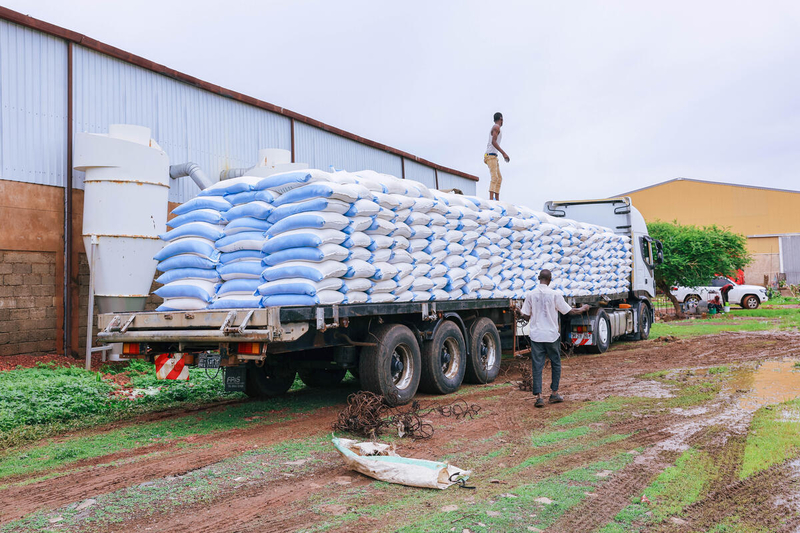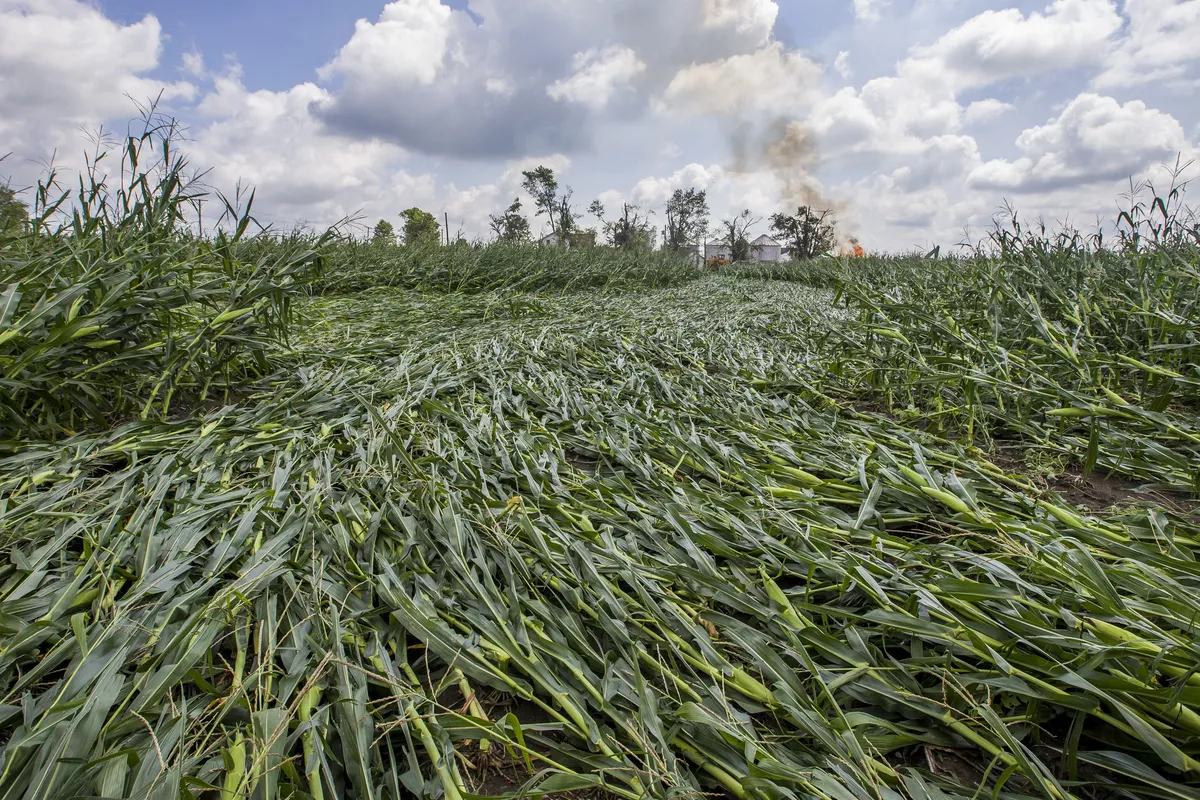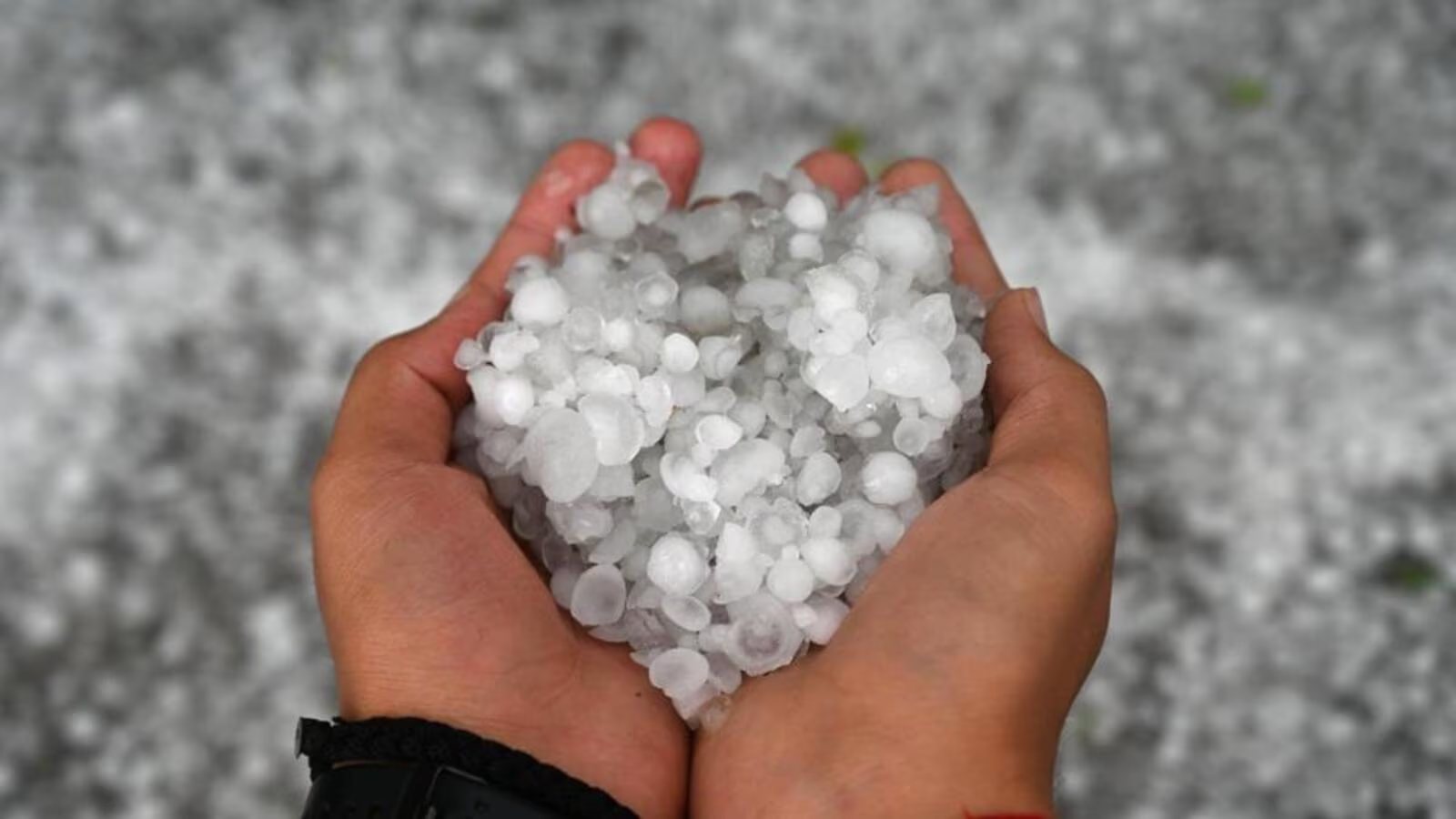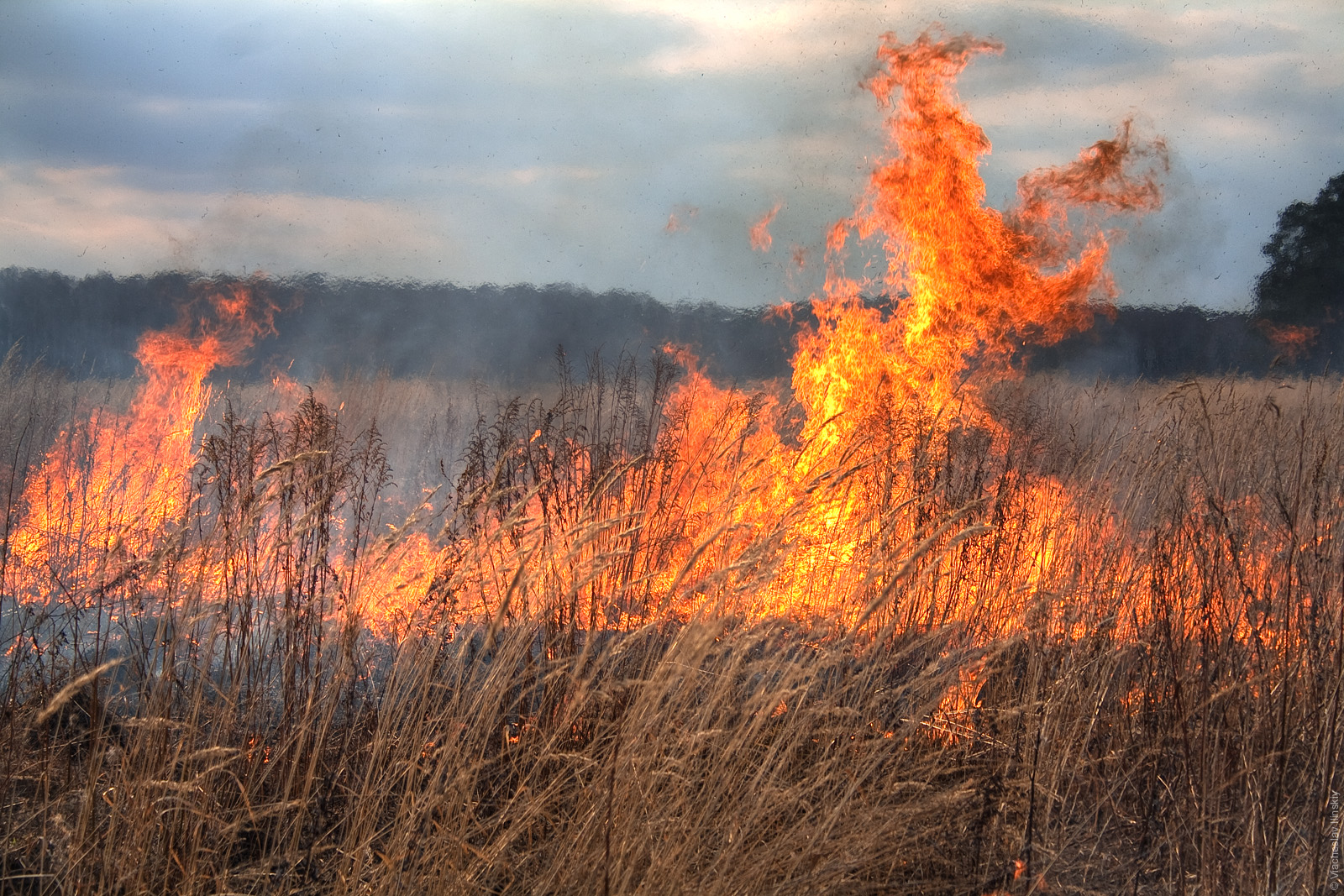Droughts and heatwaves have reduced cereal harvests by an average of about 10 per cent globally over the past half century, and their impact has become stronger in recent decades especially in United States of America.
Differences in agricultural scale and methods
An analysis of national production of 16 different cereal crops in 177 countries, and a comparison with the effects of about 2,800 weather disasters between 1964 and 2007, has for the first time provided a detailed snapshot of how extreme weather has affected overall cereal production globally, scientists said.
The study found that drought and heatwaves reduced cereal harvests by between 9 per cent and 10 per cent on average in the affected countries. However, the technically advanced arable farms of North America, Europe and Australia were even more strongly affected than the developing world, with average production cuts of about 20 per cent.
Researcher reveal in their study that the countries that are more advanced from the technical agriculture point of view including North America, Europe and Australasia faced a much severe decline in production at an average of 19.9 per cent because of droughts, which is roughly double the global average.
The study’s authors say their work throws a spotlight on the growing vulnerability of the world’s food supply to climate change. Their results could help guide agricultural policies as the atmosphere shifts to a more volatile state because of climate change, even as population growth puts more demands on the planet’s capacity to generate food.
“The food system is already stressed in many ways,” said Navin Ramankutty, the senior author on the study and a professor of global food security and sustainability at the University of British Columbia. With climate change, “we are adding one more stressor,” he said.
By focusing on extreme weather episodes, the study differs from previous efforts to discern the influence of climate change on food. Those have largely considered the influence of long-term but gradual changes in seasonal temperature and rainfall in different food-growing regions.
Western farmers may need to start thinking differently as climate becomes less and less predictable, Ramankutty said.
“That model works really well when the climate is stable, but it may not work so well when there is an extreme weather event.”
In other countries, fields tend to be smaller and crops more diverse. That may give farms more resilience, Ramankutty suggested.
“Maybe their yields are lower but they’re not as susceptible to weather shocks.”
Scientists have long warned that more frequent and increasingly severe droughts are likely to be among the consequences of climate change.
Researchers have already concluded that climate change is at least partly behind 2014 droughts in California, Africa and the Middle East. The militaries of the United States and the United Kingdom take the issue seriously enough to have written strategic documents about the need to respond to extreme weather events, including drought.
Successful agriculture under climate change may require some trade-off between lower yields and greater resilience, Ramankutty said.
The issue is unlikely to go away.
“In reality, we know that when we have big production losses, it’s because of a major drought or a major heat wave,” Dr. Ramankutty said.
To better understand the effect of such events, he and his colleagues at UBC and McGill University drew from a database listing about 2,800 weather disasters in 177 countries from 1964 to 2007 and combined them with national food-production figures. By using a statistical method designed to reveal episodic effects rather than a smoothly averaged trend, they were able to tease out the signature of severe weather written in the world’s constantly fluctuating food supply.
The results showed clear impacts on food production from heat waves and droughts, less so for floods and periods of extreme cold. This makes sense, Dr. Ramankutty said, because flooding can have a more localized effect than drought, and cold snaps typically do not affect the peak of a growing season, the way heat and drought can.
The results also suggest that extreme weather events are increasing, a possible harbinger of climate change, but Dr. Ramankutty and his colleagues are cautious about over-interpreting this result, which could also be due to improvements in the reporting of extreme weather events over the past 50 years.
More significant is that the impact of severe weather on food production seems to be growing. The study found that more recent droughts came with a 7-per-cent greater impact on food production than droughts of decades past.
Curiously, the effect was most pronounced in the developed world, which relies on advanced agricultural technologies and practices.
Part of the effect is due to higher overall productivity in the West. In effect, they had farther to fall when disaster struck. But the researchers also suggest that farmers in the developing world were better protected from the effects of extreme weather by growing a more diverse selection of crops.
“The developed world has much more mono-culture agriculture, and while they produce good yields when conditions are favourable, they are less resilient to climate shock,” said Ramankutty, a faculty member at the Liu Institute for Global Issues and the Institute for Resources, Environment and Sustainability.
The findings are based on an analysis of 2,800 weather events recorded between 1964 and 2007 in the Emergency Events Database and national production data on 16 cereal crops from 177 countries from the United Nations’ Food and Agriculture Organization.
“Across the breadbaskets of North America, the crops and methods of farming are very uniform across huge areas, so if a drought hits in a way that is damaging to those crops, they will all suffer,” said lead author Corey Lesk, a recent graduate of McGill’s Department of Geography.
Farming in the developing world is more often a patchwork of different crops, grown with a variety of management practices. That way, when conditions are bad for one crop, they have others to fall back on.
“They are not putting all their eggs in one basket,” said Ramankutty.
In the West, access to crop insurance allows farmers to focus on maximizing profits, rather than diversifying for safety.
However, when drought or extreme heat hit more than one part of the western world, the results can be catastrophic, leading to shortages and instability.
Steve Shirtliffe, a professor of agronomy at the University of Saskatchewan, suggests the explanation is that farming in Europe and North America has become so well optimized for production that the effects of drought are more pronounced than they would be in countries that are dealing with other constraints on production, such as insect pests and soil fertility.
“Water is normally a limiting factor” on plant growth, Dr. Shirtliffe said. “If you get a drought and the yield doesn’t go down, that essentially means you’re not managing the productivity of your cropping system very well.”
But the results may suggest that the single-crop farming practices that prevail in North America would leave the food supply of countries in the developing world more vulnerable if they were adopted there.
“This tells us that we should be wary of proposed solutions to hunger in poor countries that are based on the adoption of large-scale industrial farming systems,” Jennifer Clapp, a professor of global food security at the University of Waterloo in Ontario, said.
Dr. Ramankutty added that the study hints at the sorts of situations the world food system will need to be equipped to handle as severe weather events become more frequent and more extreme, as some climate models predict.
Source - albanydailystar.com


